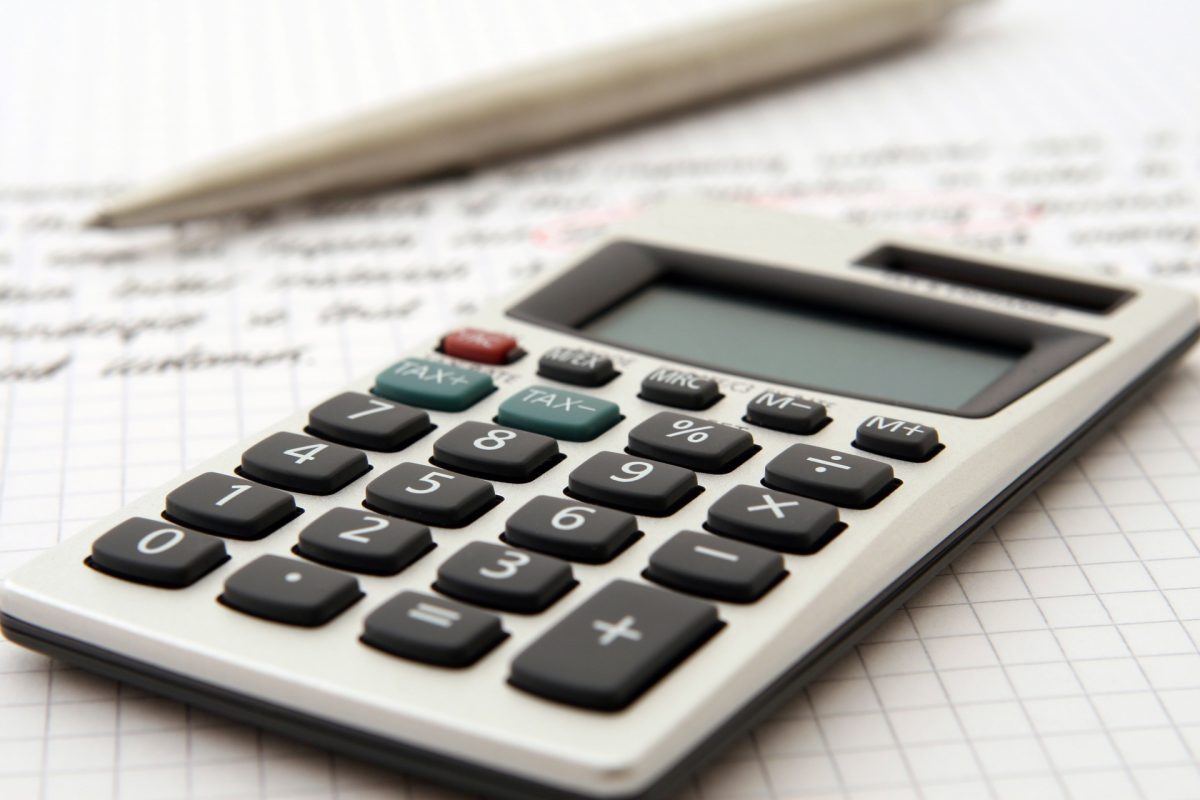In April 2016, the complicated tax on dividend income was removed and replaced by a new £5,000 dividend allowance that will be free of tax for all.
The policy explanation given by gov.uk at the time was that the change will ‘help address the incentive for some people to set up a company and make payments as dividends rather than as wages simply to reduce their tax bill, enabling the government’s plan to reduce the rate of corporation tax to 18 percent by 2020.’
Business owners and contractors paying corporation tax on profits and taking income in dividends in place of wages, including basic-rate taxpayers need to be aware of the new rules.
Individuals exceeding the new dividend income and personal allowance for income tax of £5,000 pay 7.5% at the basic tax rate, 32.5% at the higher tax rate and 38.1% at the additional tax rate. However dividends paid within pension funds and those received in shares from ISAs remain tax-free.
Each tax year a self-assessment tax return is required, disclosing the amount of dividend income received.
Examples of how it works
The examples below show how the allowance works for different situations using the following allowance limits*.
- Personal Allowance: £11,000
- Basic Rate Limit: £32,000
- Higher Rate Threshold: £43,000
Example 1: “I receive less than £5,000 per year in dividends”
You do not have to pay tax on your dividend income as it is within your new Dividend Allowance.
Example 2: “I have an annual salary of £20,000 and receive dividends of £6,000 outside of an ISA”
You do not need to pay tax on the first £5,000 of dividends due to the Dividend Allowance, but will pay tax on £1,000 of dividends at 7.5%.
Example 3: “I have an annual salary of £18,000 and receive dividends of £22,000 outside of an ISA”
Of the £18,000 annual salary:
- £11,000 is covered by the Personal Allowance
- the remaining £7,000 to be taxed at Basic Rate
Of the £22,000 dividend income:
- the Dividend Allowance covers the first £5,000
- the remaining £17,000 of dividends to be taxed at the Basic Rate (7.5%)
These are only a few examples of the dividend tax system. To discuss your personal circumstances request a free consultation.

